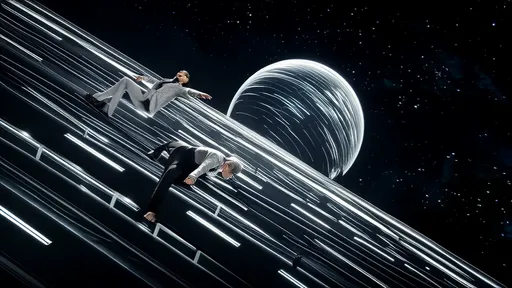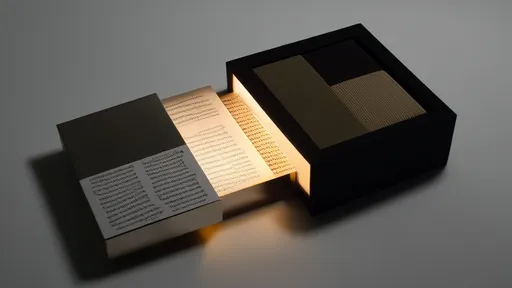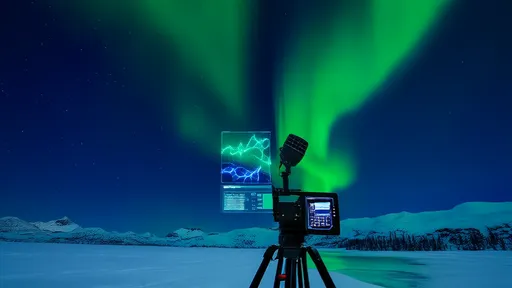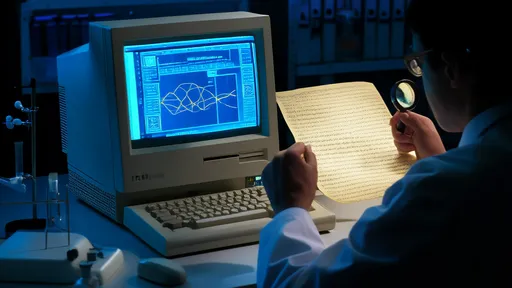The world of theater is undergoing a seismic shift—quite literally—as avant-garde directors and set designers experiment with tilted stages to challenge traditional storytelling. This emerging trend, dubbed "gravity-responsive drama," reimagines spatial relationships between performers and audiences, forcing a physical recalibration of how we perceive conflict, power dynamics, and emotional tension. At the Schaubühne in Berlin, audiences recently found themselves gripping their armrests as actors in King Lear struggled to maintain footing on a 15-degree incline during storm scenes, the artificial slope mirroring the psychological unsteadiness of Shakespeare’s crumbling monarchy.
What began as isolated experiments in Czech black-box theaters during the early 2010s has evolved into an international movement. The Tokyo Metropolitan Theatre’s controversial Cherry Orchard production used hydraulic platforms to gradually tilt Chekhov’s aristocratic setting into a 22-degree nightmare by the final act, literalizing the social upheaval of the original text. "We’re not just breaking the fourth wall anymore," says Belgian director Lukas Vandenberghe, whose sloped-stage Hamlet won the 2023 Innovation in Scenography Award. "We’re destabilizing the entire architectural foundation of theatrical realism."
The physiological effects on performers are profound. Dancers from the Norwegian National Ballet reported heightened emotional authenticity when performing Pina Bausch repertoire on angled surfaces—the body’s struggle against gravity intensified expressions of vulnerability. However, the Actors’ Equity Association has issued guidelines limiting sustained performance on slopes exceeding 12 degrees due to tendinitis risks. This tension between artistic innovation and occupational safety recalls similar debates during the advent of flying harness technology in 1980s Broadway.
Audience reactions reveal fascinating cultural divides. While European theatergoers describe the experience as "kinesthetically immersive," focus groups in Chicago reported disorientation during a tilted Death of a Salesman, with some older patrons demanding refunds. Neuroscientists at University College London suggest this may relate to vestibular system sensitivity—the same physiological factor making some people more prone to motion sickness at sea. Theatres are now experimenting with "slope preview" areas where patrons can test their tolerance before purchasing tickets.
Beyond proscenium stages, the technology is infiltrating experimental spaces. Venice’s Teatro alle Tese recently flooded its backstage area to create floating, tilting islands for a Pirandello adaptation, while Seoul’s Namsan Arts Center embedded gyroscopic sensors beneath stage panels that respond in real-time to actors’ movements. These developments blur the line between set design and interactive installation art, prompting fresh debates about what constitutes "theater" in the 21st century.
The commercial implications are equally disruptive. West End producers report a 37% increase in premium ticket sales for sloped-stage productions, though insurance costs have skyrocketed due to additional safety infrastructure. Meanwhile, drama schools are scrambling to incorporate slope training into curricula—the Juilliard School now requires all second-year students to complete Meyerhold-inspired biomechanics exercises on adjustable ramps. This pedagogical shift may permanently alter actor training methodologies worldwide.
As climate change renders traditional theater architecture increasingly vulnerable, some speculate that tilting stages could become an adaptive necessity rather than artistic choice. The National Theatre of Iceland’s recent production performed on a computer-controlled slope that adjusted throughout the evening in response to real-time weather data—a haunting metaphor for societal instability in the Anthropocene era. Whether gimmick or genuine revolution, gravity-responsive theater is compelling audiences to reconsider not just what stories are told, but how the very ground beneath them participates in the telling.

By /Jul 23, 2025

By /Jul 23, 2025

By /Jul 23, 2025

By /Jul 23, 2025

By /Jul 23, 2025

By /Jul 23, 2025

By /Jul 23, 2025

By /Jul 23, 2025

By /Jul 23, 2025

By /Jul 23, 2025

By /Jul 23, 2025

By /Jul 23, 2025

By /Jul 23, 2025

By /Jul 23, 2025

By /Jul 23, 2025

By /Jul 23, 2025

By /Jul 23, 2025

By /Jul 23, 2025